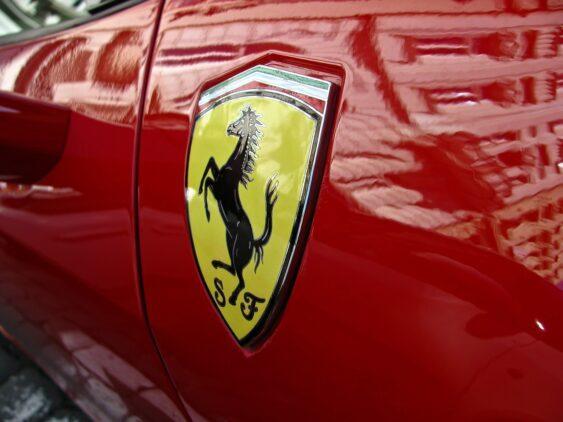Ferrari is one of the most prestigious and recognizable car brands in the world. Known for their sleek and high-performance sports cars, Ferrari has been pushing the boundaries of engineering and design for decades. In this blog post, we’ll take a look at the production and manufacturing process behind these incredible vehicles.
First and foremost, it’s important to note that Ferrari is not a mass-production automaker. Instead, they focus on producing a limited number of cars each year, with the goal of ensuring the highest quality and exclusivity for each and every one of their customers. This approach is evident in every step of their production process, from design and engineering to manufacturing and final assembly.
The design process at Ferrari begins with the company’s renowned Centro Stile, or Style Center, where a team of designers and engineers work together to create the look and feel of each new model. This is where the initial sketches and clay models are created, and where the aerodynamics and functional aspects of the car are taken into consideration.
Once the design has been approved, the engineering process begins. This involves the creation of detailed 3D models, the development of prototypes, and extensive testing to ensure that the car meets all of Ferrari’s rigorous standards. This includes everything from road testing to track testing, wind tunnel testing, and more.
Once the design and engineering processes have been completed, it’s time to move on to manufacturing. Ferrari produces their cars at their Maranello facility in Italy, where the company has been based since 1947. This state-of-the-art facility is equipped with the latest technology and machinery, and it’s here where each Ferrari is built by hand.
The manufacturing process at Ferrari is split into several stages, beginning with the production of the car’s body. This involves using a combination of hand-made tools and state-of-the-art machinery to form the various panels and components that make up the body of the car. The body is then subjected to extensive quality checks, with a focus on ensuring that every panel and component fits perfectly and meets Ferrari’s high standards.
Once the body has been produced, it’s time to move on to the engine and powertrain assembly. Ferrari uses a combination of V8 and V12 engines, and each engine is built by hand by a team of highly skilled technicians. The engine is then mated to the car’s transmission and differential, and the entire powertrain is carefully tested to ensure that it meets all of Ferrari’s performance standards.
Next, it’s time to move on to the final assembly of the car. This is where all of the various components and systems are brought together to create the final product. This includes everything from the interior and exterior trim, to the electrical and electronic systems, to the suspension and brakes. The final assembly process is a meticulous and time-consuming process, but it’s one that is necessary to ensure that each Ferrari is of the highest quality and meets the company’s exacting standards.
Finally, each Ferrari undergoes a rigorous quality control inspection, which includes road testing and final checks of all systems and components. This is the last step before the car is signed off and shipped to its new owner.
Ferrari’s production and manufacturing process is a testament to the company’s commitment to quality, craftsmanship, and performance. From the initial design and engineering stages to the final assembly and quality control checks, each Ferrari is built with care and precision to ensure that it meets the company’s high standards and exceeds the expectations of its owners. If you’re looking for a car that truly embodies the essence of speed, style, and performance, look no further than Ferrari.
